Vegetative propagation for everyone
When you really get into planting the garden you soon realize you can never have enough plants and one way to radically increase the number of plants in your garden is to get into vegetative propagation. I find this to be one of the most interesting, rewarding and productive aspects of gardening and if you haven’t tried it already, you are missing out.
Most forms of vegetative propagation are easier than most people imagine and even the more complex methods are well within your ability, if you have the right equipment and a little patience. If everyone starts propagating and swapping (or selling) the most useful and productive plants in their gardens, we could all have more varied and productive gardens.
There are many methods of vegetative propagation and which you choose will depend upon the species you wish to propagate and the time of year. Some are absurdly easy, while others are quite temperamental, so you should always check for any specific requirements before starting.
Some plants are naturally inclined to propagate themselves repeatedly without your intervention. They may do this by rooting at the tips (Blackberries), offsets (Potato Onions), suckers (Raspberries), runners (Strawberries) or creeping rhizomes (Mints). All you have to do is separate the new plant from the established plant at the right time and transplant it.
A good place to start your propagation education is with the ridiculously easy plants like Willow, Poplar (hardwood cuttings) and Mint, Comfrey, Horseradish (root cuttings)). All you have to do is stick the right part in the ground, the right way up, ensure they don’t dry out or get eaten and they will grow into new plants, guaranteed. They are so easy that this hardly counts as propagation at all, but it can get you inspired to start some serious multiplication.
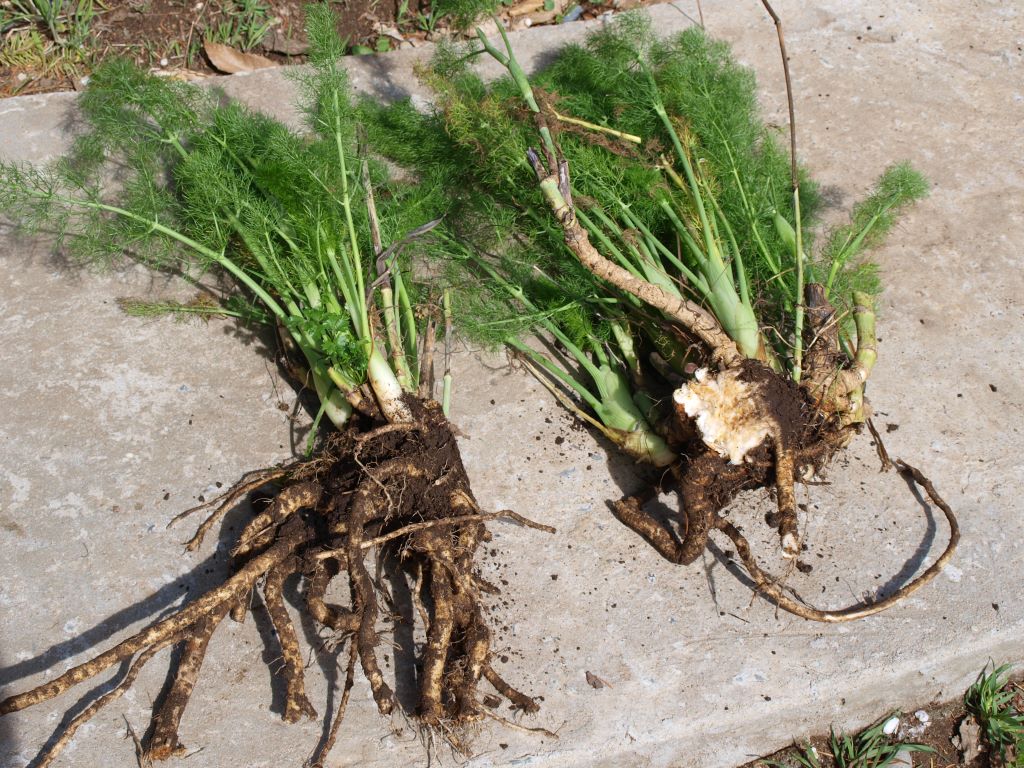
Division – This mostly works with perennial herbaceous plants. After a year or so many of these start to get crowded and can by split into several section, each of which will become a new plant. Not only do you get new plants, but you also rejuvenate the original plant, yet another win win in the garden.
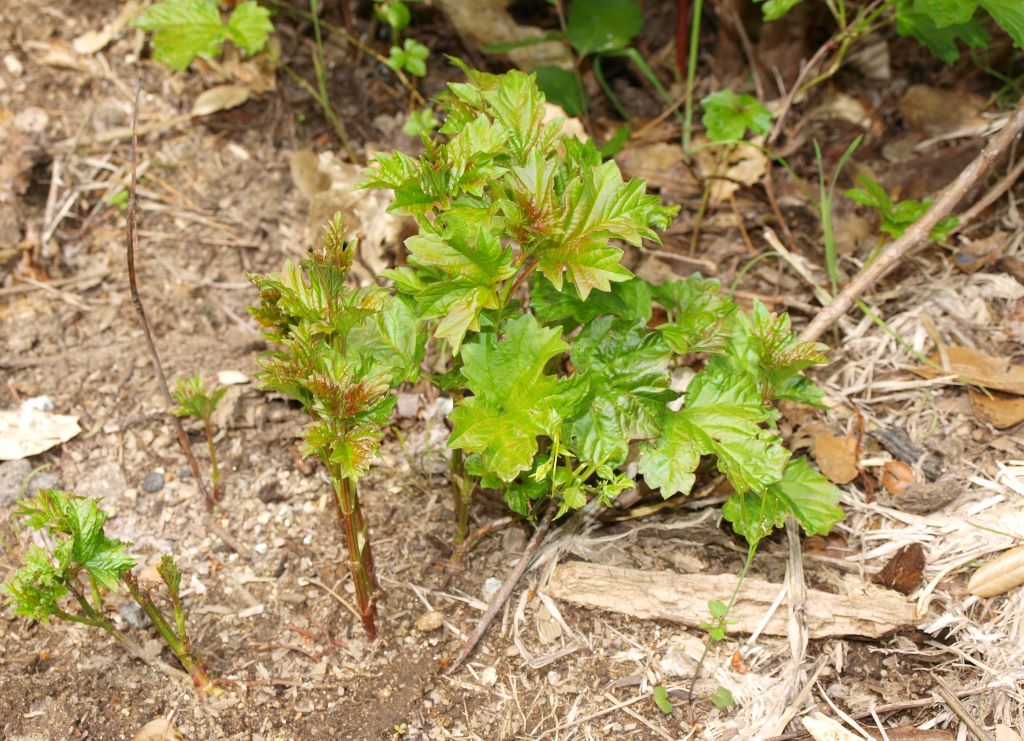
Layering – is probably the most foolproof method of propagation proper and is particularly valuable because it works with a wide variety of species. It is based on the principle that when a woody branch touches moist soil it will eventually form roots. All you do is bend a shoot down and bury part of it in the ground. Do this in spring and it should have rooted by the end of the growing season. When it goes dormant in winter you detach it from the parent plant, dig it up and move it. The only drawback is that there is a limit to the number of suitable branches for layering at any one time.
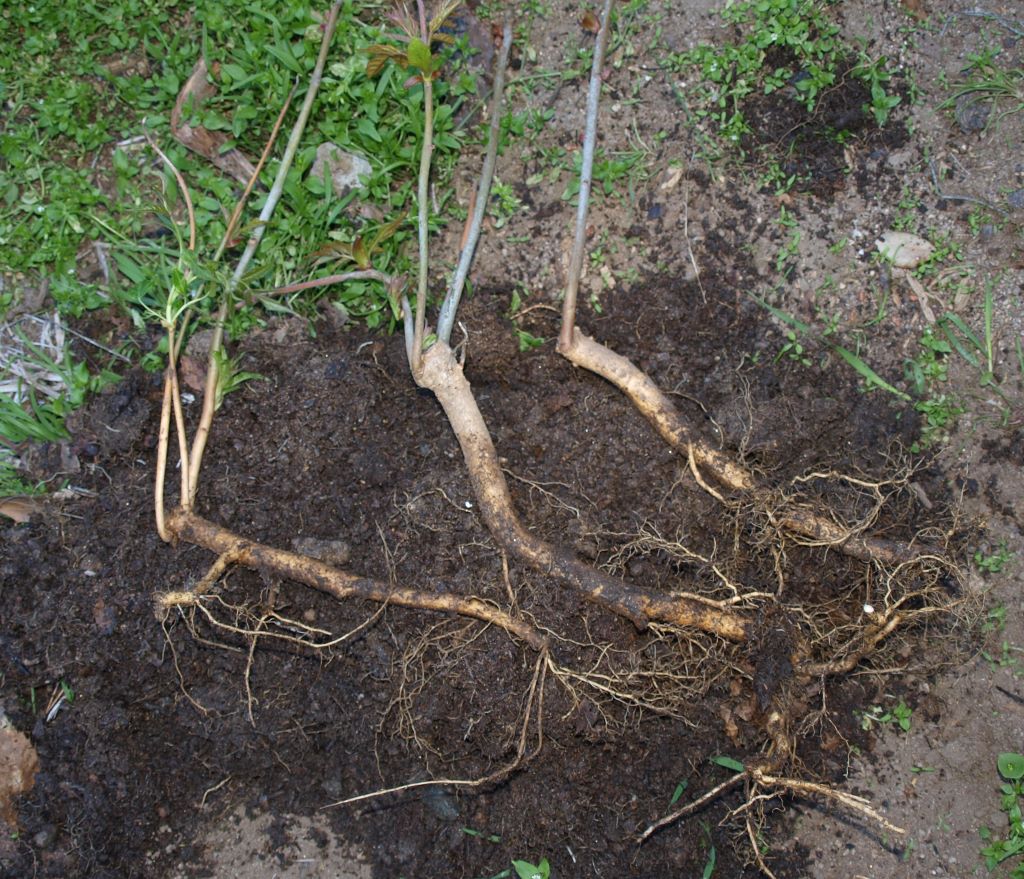
Root cuttings – Quite a few plants can be grown from root cuttings, mostly perennials but also a few shrubs and even trees. You simply divide a root into pieces and each one will eventually grows into a new plant. This will often happen accidentally in some cases. I have dug up and moved Blackberries, Black Locust, Horseradish, Comfrey, and Fragrant Spring Tree, only to find new plants springing up from root fragments that broke off while I was digging. This can sometimes be a problem if you are trying to get rid of a plant.
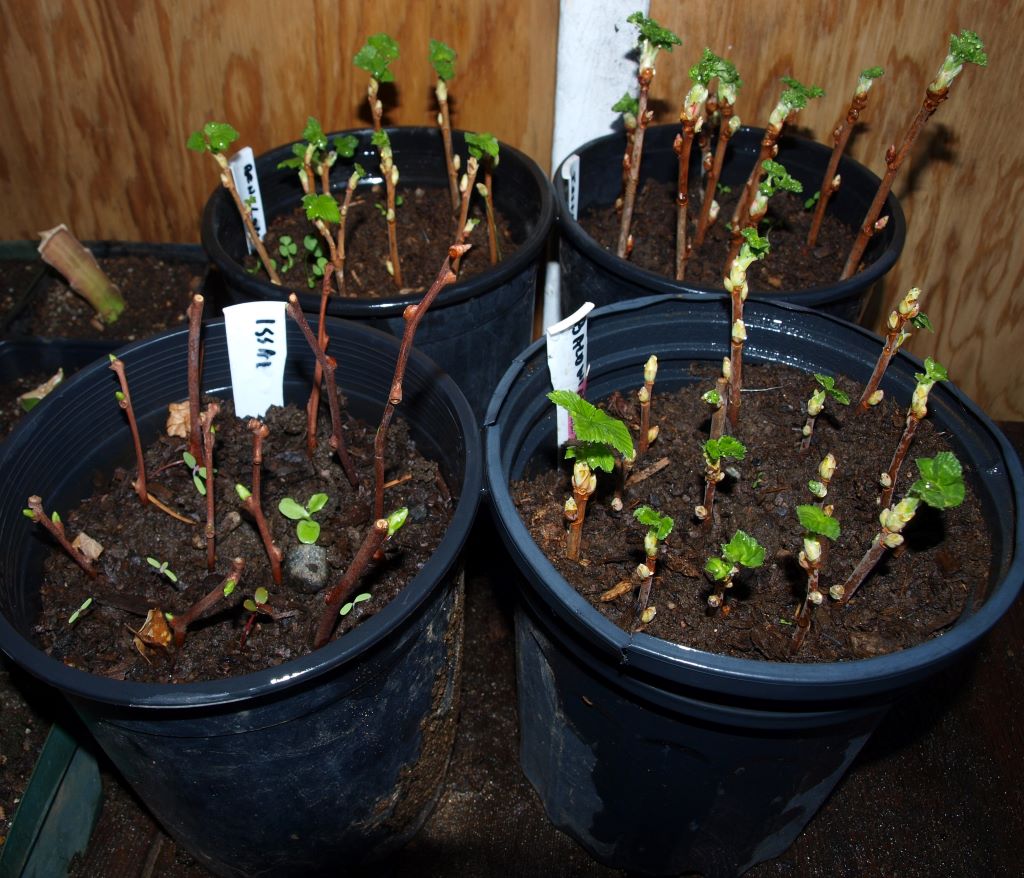
Hardwood cuttings – These are generally pretty easy to propagate, you just take a section of woody stem, stick it in the ground in fall and by the following spring it will have rooted. The easiest is undoubtedly the Willow (followed closely by Poplar), though Currants, Grapes, Mulberries and Figs (and many others) are all pretty straightforward.
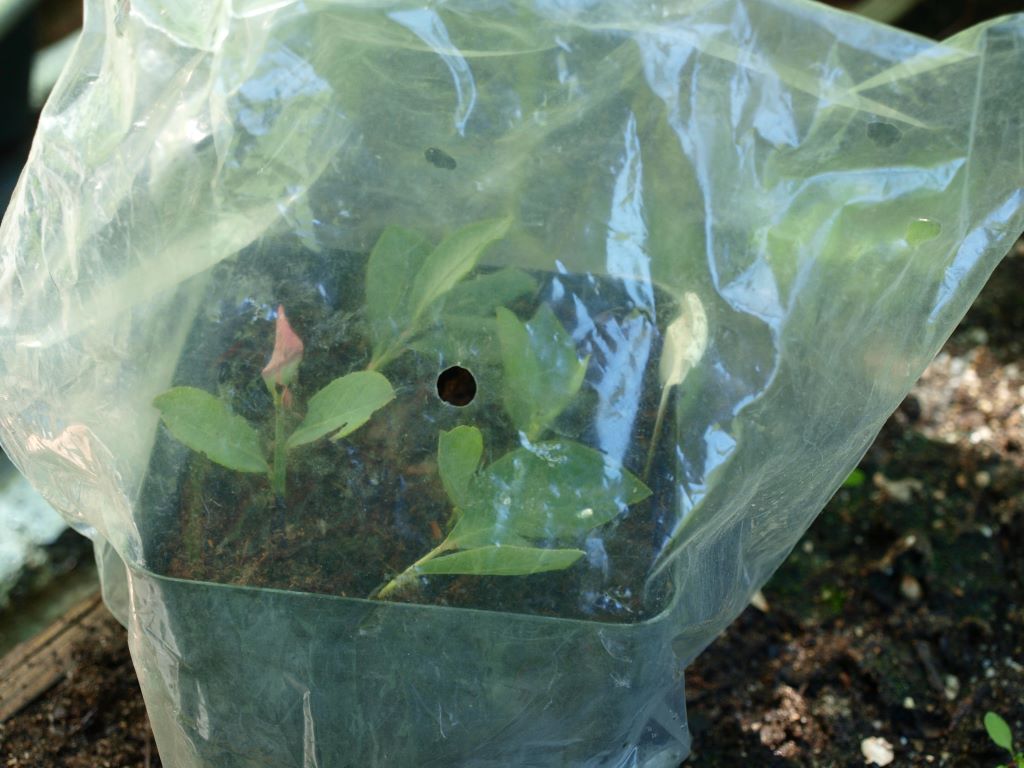
Softwood cuttings – These are also fairly simple and work for a wide variety of species from annuals to perennials, vines, shrubs and even some trees. The most important thing to know about rooting softwood cuttings is that they lose moisture rapidly and must be kept humid until they have rooted. You don’t need anything fancy to do this, I usually root them in a one gallon pot filled with moist peat moss and covered with a clear plastic bag (keep this out of direct sunlight). You also need patience, don’t keep poking and pulling on your cuttings to see if they have rooted.
I recently got a bunch of rockwool cubes from a defunct clandestine pot growing operation and gave some to a friend, who tried rooting some rosemary cuttings in them. To our surprise they rooted within a few weeks with no attention beyond keeping them moist (the picture at the top of this article is one of them.)
Seeds – Though this article is supposed to be about vegetative propagation, I feel I should also mention growing from seed (even though by definition it is not vegetative) because it is sometimes the easiest and cheapest way to get more plants. Some seeds (especially woody plants) can be temperamental and require special treatment before they will germinate, but many others are pretty easy and offer a simple way to get a lot of plants quickly (you also get some genetic variation, which can be good or bad). You do have to be careful with growing fruit trees from seed though, because the fruit will often be quite different from its parents (which is why many tree fruits are grafted.)
Do it today – Probably the single most important thing about vegetative propagation is to do it now, today. Read this article, get up from the computer, go forth into your garden and multiply your plants (I put this paragraph at the end of the article so you will have no excuse).











